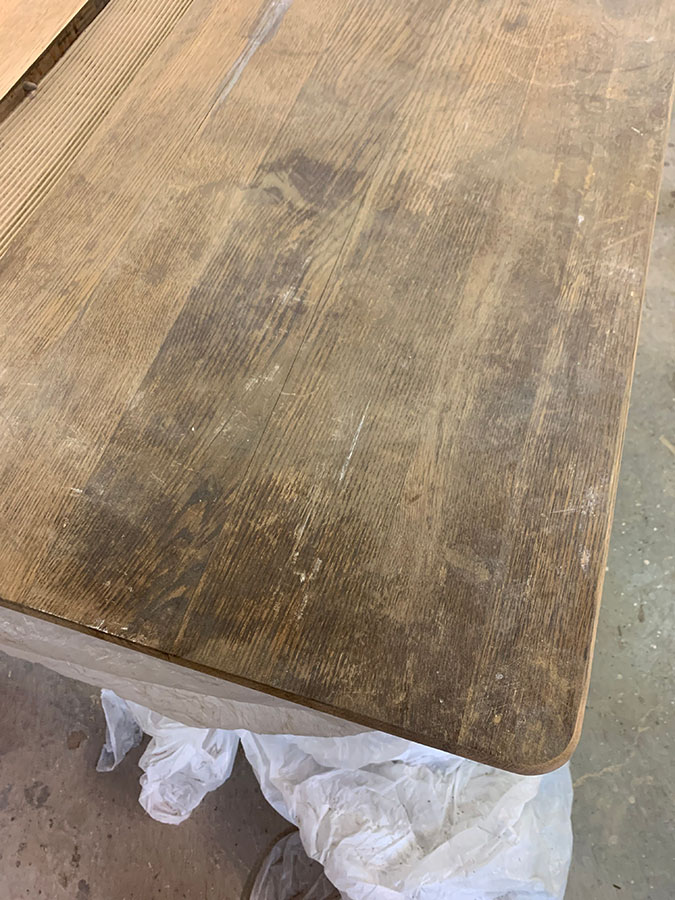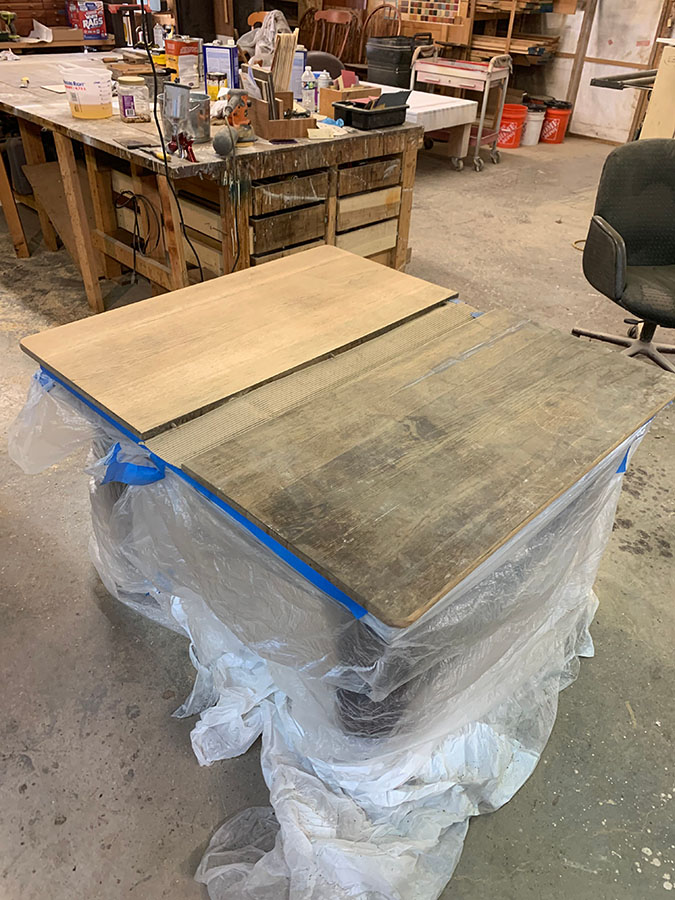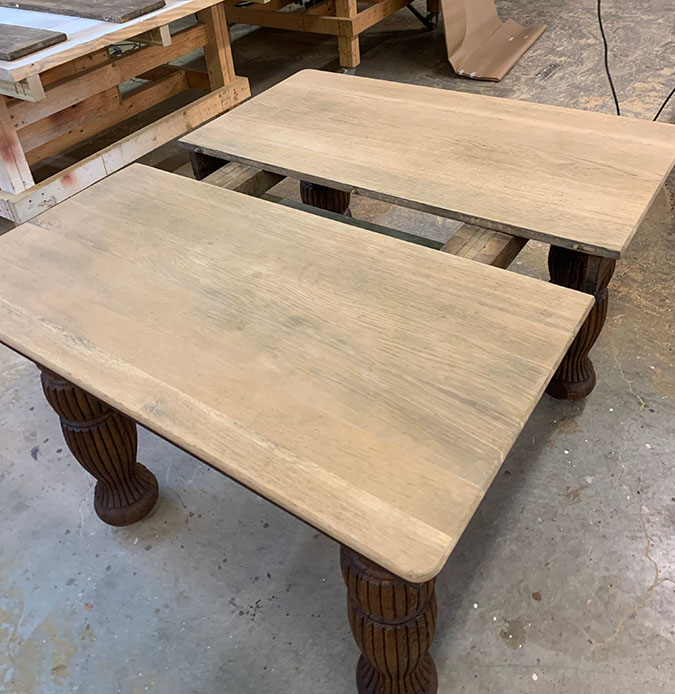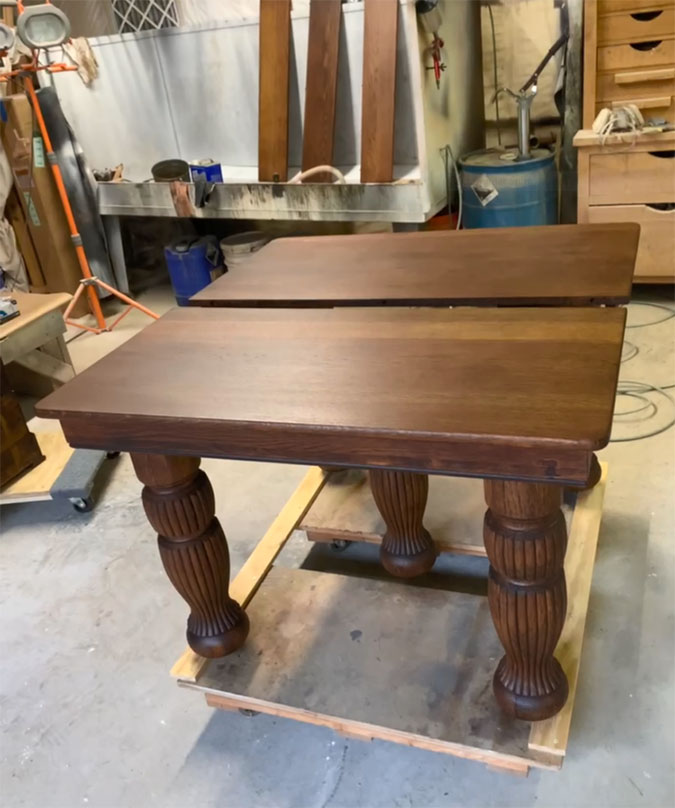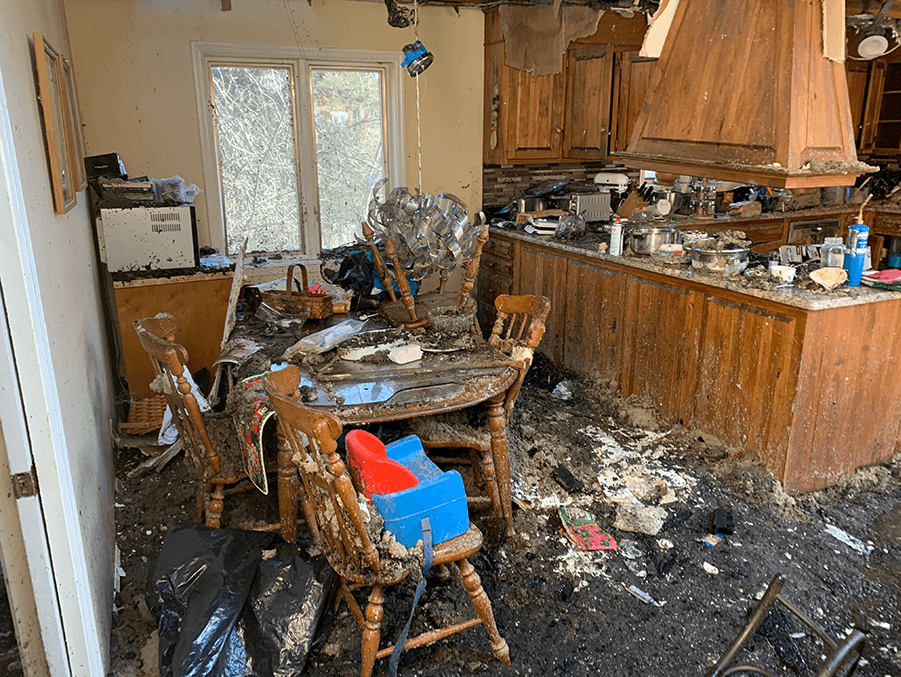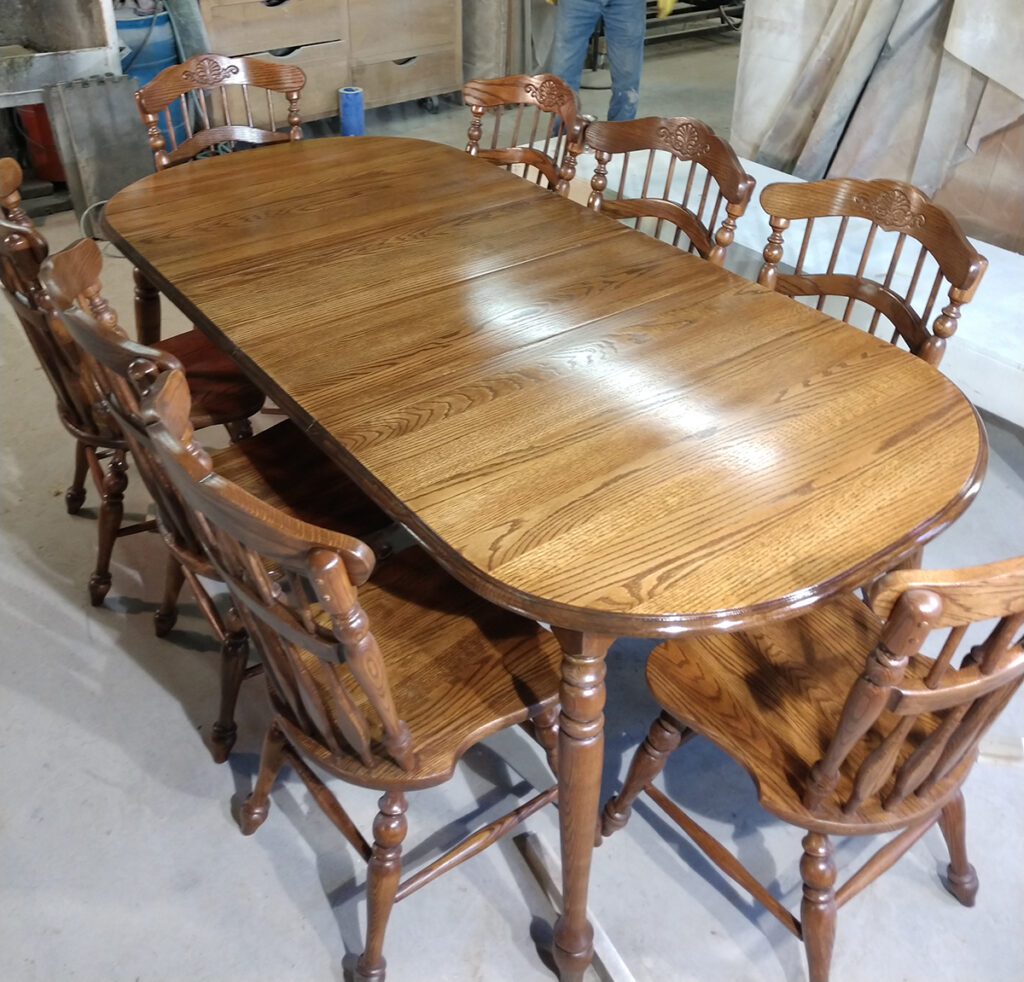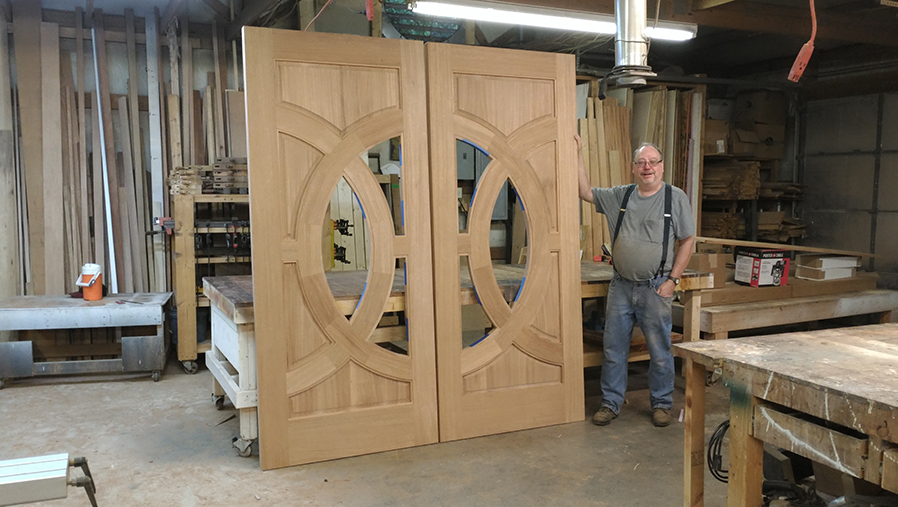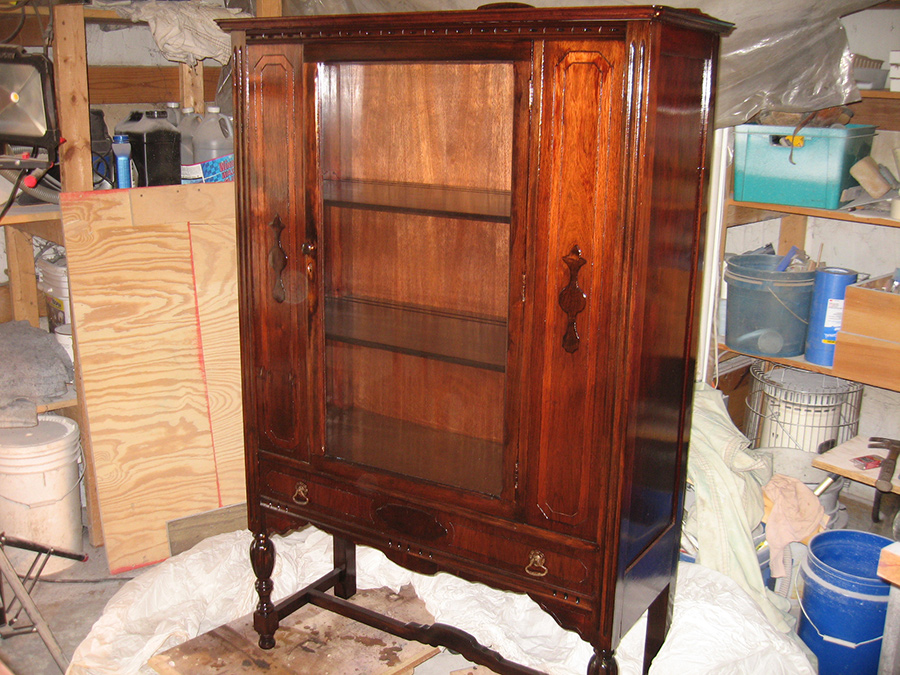
When they accuse you—maybe falsely
This story is a hard experience for me. I am upset at both myself and my customer, and his customer. I typed the heading on this report a week ago. It used to read When They Accuse You Falsely. Now I have added the Maybe. I know a couple of things. When I (we) get into trouble our emotions, pride, and ever-crouching sin can get our minds pretty tangled. I want to behave justly and kindly but find it difficult to even know what just behavior is in some cases.
Life can be confounding sometimes. Sound theology helps iron out a lot of situations. But, we are confronted with a world where we are all liars, all proud, all make unknown and known errors, and sometimes we are falsely accused. I want business to be simple but it is not.
A Good Job Gone Bad
I had an 8’ long cabinet I picked up for repairs from a restoration company. They had me pick it up at their customer’s house. So, that made me a sub-contractor for this particular work. That was OK. I do a fair amount of work for this company. It has been a great relationship. Their customers gave great reports about me. The company always paid me promptly. No real problems; but then—the cabinet fiasco. The whole thing (I am not recording all the sordid details) turned into she said, he said, he didn’t do (but we know he did do), money issues and… well, if you have ever been in business you know the scenario. I know I am a sinner and far from perfect.
In fact, I have taught my apprentice not to ever use the word perfect to describe anything we do. We are not perfect. We strive to be perfect but do not claim to have achieved that status. This is not an excuse to deliver bad work. It does recognize the reality that, simply put, we are not perfect. For the cabinet in question, I thought I had done great work. We have multiple five-star reviews on the internet. I really work to produce superior work. In the shop my eyes and my apprentice’s eyes saw a well performed repair/refinish job. The customer’s eyes saw a project that was so bad that the cabinet had to be redone by someone else. I cannot explain this. It just is.
Acting Honorably in Imperfect Situations
So, how does all this relate to the work of producing a well trained apprentice? I am convinced that apprenticeship training must include discussions about the bad experiences, the errors, the false accusations, lies and (hopefully not) counter lies, excuses, rotten circumstances, bad advice from suppliers, our own bad work, poor communication, laziness, and dishonesty. Somehow there needs to be discussions about how Christians may justly and wisely act within an imperfect world. How do we apply our belief in the sovereignty of God in all circumstances?
We ought to discuss our own possibilities for errors and our propensity to deny them. We should teach our apprentices how to behave wisely within difficult circumstances. We should discuss how to christianly handle situations where the customer is clearly wrong. We might talk about the covenantal nature of responsibility and what that means for a business owner. A discussion about money and how its role in disputes ought to be rightly handled would be useful. Anyway, I am convinced we ought not hide these events and conversations from our apprentices. Maybe by God’s grace, our embarrassments can help them become better than we are.

